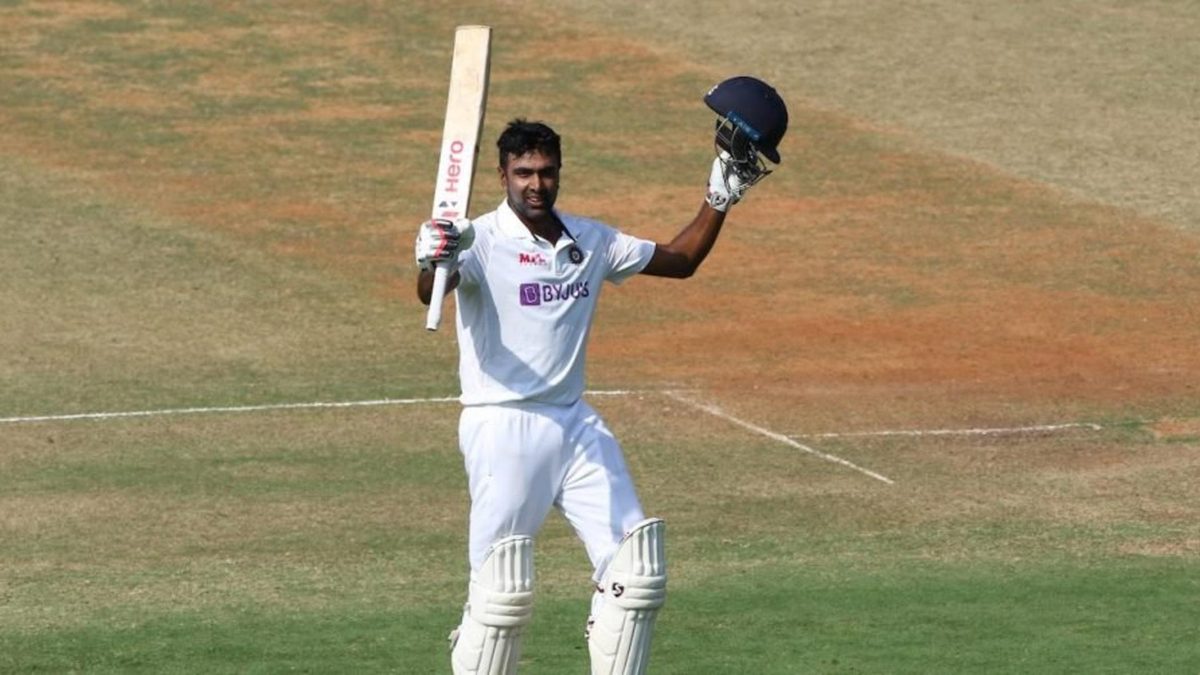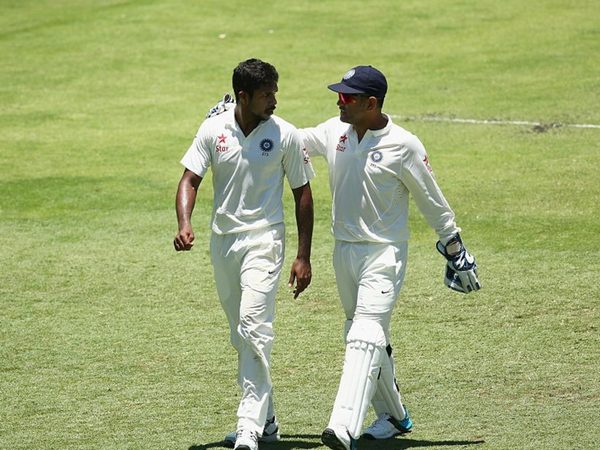
Ravichandran Ashwin‘s batting performance on the third day of the second India-England Test gives India more flexibility heading into the pink ball Test, writes Rohit Sankar.
Ravichandran Ashwin was on 87, well within sight of a Test hundred, when he couldn’t sneak in a couple of runs and had to put Mohammed Siraj, the No.11 batsmen, on strike off the second ball of Moeen Ali‘s over. India were 442 ahead at that stage. A total over 400 has never been chased down in India in Tests. Ashwin, though, signalled a couple of times from the non-striker’s end to Siraj to defend, and not slog. Siraj dutifully followed the instruction, smiling all along.
Next over, Ashwin seemed overly cautious against Jack Leach, carefully looking to defend out the first three balls before smothering a drive down the ground to long-on, only to deny a single and keep strike.
Test all-rounders to score a hundred and take a five-for in the same Test on three or more occasions:
Ian Botham
R Ashwin#INDvENG pic.twitter.com/BZ3HXdbuDH— Wisden (@WisdenCricket) February 15, 2021
It was evident that Ashwin badly wanted a Test hundred. Five years ago, Ashwin had been in a purple patch with the bat, making 70, 58, 72 and 67 with the bat against England in the home series, but he couldn’t quite get to the three-figure mark. “I have been a little unlucky not to have got more Test hundreds recently. I have batted really well but haven’t got the three figures,” he said in an interview then.
An intensely competitive cricketer, Ashwin seemed rankled by the fact that he couldn’t get hundreds despite getting starts. A year later, he made a half-century in Sri Lanka, but then went four years without a Test fifty, a streak that saw him average 13.09 with the bat in home Tests and 16.76 overall until the beginning of this Test. For someone who had a Test average close to 40 at home and 35 overall until the beginning of 2017, that was a huge dip.
Yet, it somehow flew under the radar for Ashwin’s bowling, particularly in tougher conditions outside Asia, significantly improved. In Australia last month, the batting showed signs of taking an upward curve as he, alongside Hanuma Vihari, battled a quality Australia bowling attack to eke out a draw in Sydney.
In Chennai in the first Test of this series, he played out 91 and 46 balls in his two innings, but he couldn’t still get a half-century. Here, with the Test firmly tilted India’s way with two whole days to go, Ashwin had a chance to add to his tally of Test hundreds and with Siraj as keen as him to help him past the landmark, the Tamil Nadu all-rounder completed his fifth Test century. From a sweep that had Virat Kohli applauding from the other end to stepping down the track and holding the pose for a loft over long-on, Ashwin looked in control right through the knock. With criticism of the pitch rife after England’s first innings, Ashwin put to rest the doubts surrounding the ability to score runs on this wicket.
Great things never come from comfort zone and this is great knock from @ashwinravi99 Also showed it’s going to be hard batting on this pitch but hard does not mean impossible. Nothing but RESPECT Ash🙏 #INDvsENG pic.twitter.com/1S2Wdiv83Y
— VVS Laxman (@VVSLaxman281) February 15, 2021
Importantly, Ashwin’s batting turnaround – established by his dogged fight in Sydney and 134-ball century here – could benefit India in more ways than one. With Ravindra Jadeja out injured, India have switched between Washington Sundar and Axar Patel for the all-rounder’s spot at No.7.
In this Test, they have Kuldeep Yadav alongside Ashwin and Axar in the spin department, but as they head to the new Motera stadium for the pink ball Test, they might be looking at ways to fit an extra fast bowler in the XI. Jasprit Bumrah and Mohammed Siraj playing in tandem alongside Ishant Sharma is a distinct possibility, but it’ll mean there’s room only for two spinners.
The pink ball supposedly favours wrist-spinners as they get more bounce and turn from it. Harbhajan Singh, in an interview with PTI before the only other pink ball Test India played at home, in 2019, hinted that the black seam makes wrist-spinners more difficult to read too. “Wrist-spinners will have one advantage if you see because it’s going to be very difficult to pick the seam (with black stitches) of pink ball.”
Under lights, the pink ball has visibility issues and with Kuldeep being able to turn the ball both ways, he might become a dangerous proposition in the final sessions, adding more value than Axar or Sundar in the playing XI. But that will force India to bat Ashwin in the top seven, something they had been reluctant to do in the recent past. He did bat at No.7 in the first innings of this Test, but with the insurance of Axar, a capable batsman, at No.8. Now, with the albatross around his neck properly untangled, Ashwin might just have given India an edge going into the last two important Test matches.








